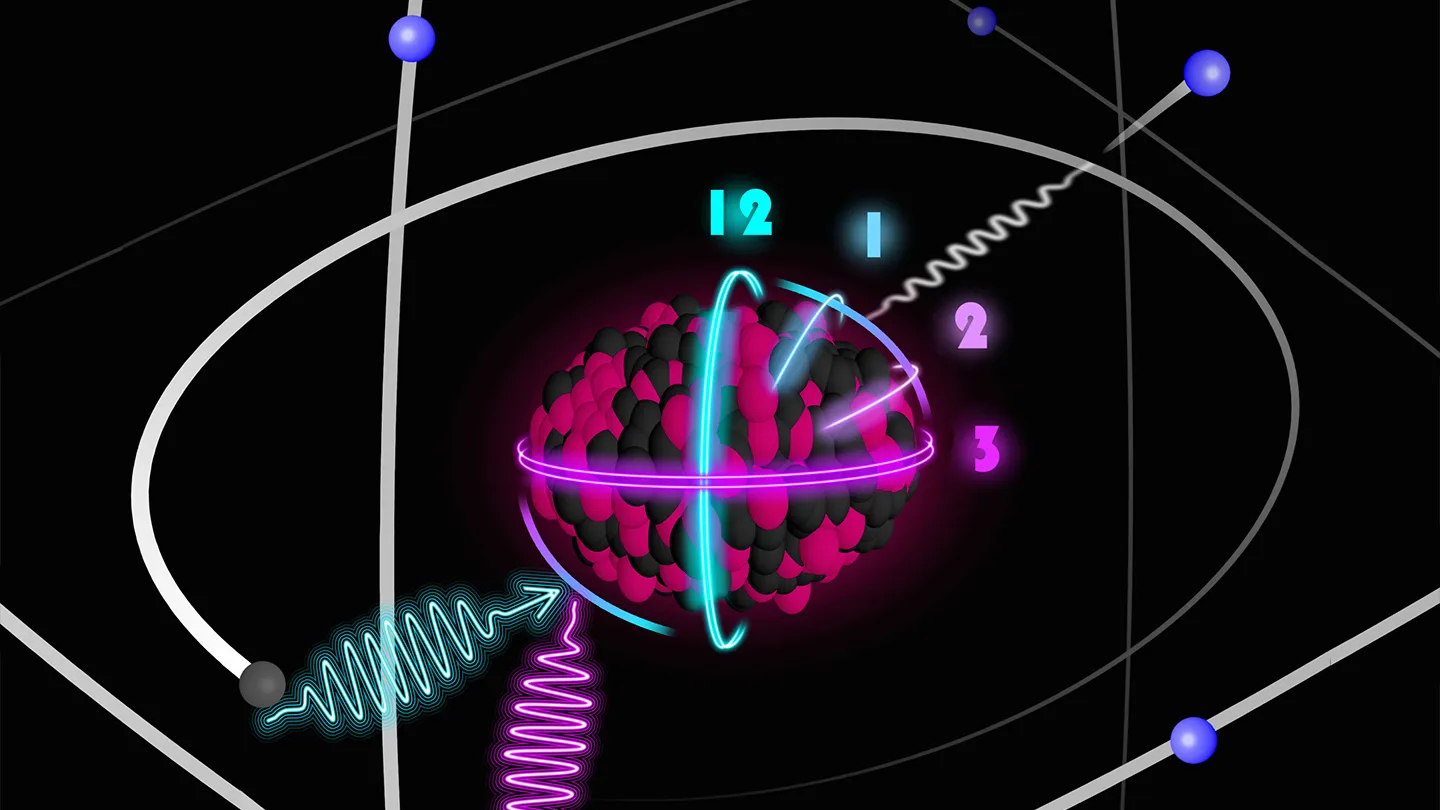Timekeeping is a fundamental part of our daily lives, from managing schedules to coordinating global events. But have you ever wondered what makes clocks so accurate? The science behind clock accuracy and precision involves a combination of physics, engineering, and materials science. In this blog, we explore the mechanisms and technologies that ensure timepieces—whether mechanical, quartz, or atomic—measure time with exceptional precision.
1. Accuracy vs. Precision: What’s the Difference?
Before diving into the science of clocks, it’s essential to understand the difference between accuracy and precision in timekeeping.
- Accuracy refers to how close a clock is to the actual time. An accurate clock will measure time correctly, without running too fast or too slow.
- Precision is about consistency. A precise clock may not be accurate if it’s consistently running fast or slow, but it will maintain the same error rate over time.
For example, a clock that loses one second every day may be precise but not accurate. Both traits are crucial for reliable timekeeping, especially in critical fields like aviation, telecommunications, and scientific research.

2. Mechanical Clocks: Gears, Springs, and Escapements
Mechanical clocks, which have been around for centuries, rely on a series of gears, springs, and an escapement to keep time. The escapement is the key mechanism that controls the release of energy from the clock’s mainspring, regulating the movement of the hands.
The accuracy of mechanical clocks depends on several factors:
- Balance wheel: This oscillating wheel controls the time intervals, and its stability affects accuracy.
- Friction: Mechanical wear and tear can lead to tiny errors over time.
- Temperature changes: Metal components expand and contract with temperature fluctuations, which can alter the timing.
Although mechanical clocks have improved over time, with innovations like temperature-compensated balance wheels and more precise gears, they are generally less accurate than modern timekeeping methods.
3. Quartz Clocks: The Power of Crystals
Quartz clocks revolutionized timekeeping in the 20th century by offering unprecedented accuracy at an affordable price. The key to a quartz clock’s precision lies in its quartz crystal oscillator.
- Quartz oscillators vibrate at a highly stable frequency when an electric current is applied, usually at 32,768 times per second. This frequency is then divided down to produce a one-second interval.
- Quartz’s natural piezoelectric properties make it an ideal material for maintaining consistent oscillations, unaffected by environmental factors like temperature or wear.
Quartz clocks are accurate to within a few seconds per month, far surpassing mechanical clocks in reliability. This is why quartz technology remains the standard for most consumer clocks and watches.
4. Atomic Clocks: The Pinnacle of Precision
When it comes to absolute precision, atomic clocks are in a league of their own. These clocks don’t rely on mechanical or quartz components but instead measure time based on the oscillations of atoms, typically cesium or rubidium.
- Atomic clocks work by measuring the microwave radiation absorbed or emitted by atoms as they change energy states. The frequency of these oscillations is incredibly stable, making atomic clocks accurate to within one second in millions of years.
The most accurate clocks in existence are cesium-based atomic clocks, which define the International System of Units (SI) second. Atomic clocks are crucial for technologies that require extreme precision, such as GPS satellites, which depend on synchronized atomic clocks to provide accurate location data.
5. Temperature and Environmental Factors
Even with advanced timekeeping technologies, external factors can influence clock accuracy. Mechanical clocks are particularly susceptible to temperature changes, which can cause metal parts to expand or contract, affecting the speed of the clock’s mechanisms.
Quartz clocks also experience slight changes in accuracy due to temperature variations. To combat this, high-precision quartz clocks often include temperature compensation circuits that adjust for these fluctuations.
Atomic clocks, while highly stable, still require controlled environments to maintain their precision. Small environmental changes, such as electromagnetic interference or fluctuations in temperature, can affect the clock’s readings.
6. The Role of Gravity and Relativity
Interestingly, gravity and the theory of relativity also play a role in timekeeping, particularly for extremely precise clocks like atomic clocks. According to Einstein’s theory of general relativity, time moves more slowly in stronger gravitational fields. This means clocks on the surface of the Earth tick slightly slower than those in orbit.
This effect, though minuscule, must be accounted for in systems like GPS satellites. Atomic clocks aboard satellites are adjusted to account for both the lack of gravity and their faster speeds relative to the Earth’s surface, ensuring that GPS data remains accurate.
7. The Future of Timekeeping: Optical Clocks
The future of timekeeping may lie in optical clocks, which could surpass atomic clocks in accuracy. These clocks measure the oscillations of light waves rather than microwaves, offering even higher frequencies for time division.
Scientists are currently developing optical lattice clocks that could be accurate to within one second in billions of years. If perfected, these clocks could revolutionize technologies that require ultra-precise timing, from deep-space navigation to high-speed communications.
Conclusion: The Science Behind Timekeeping
The accuracy and precision of clocks have evolved tremendously, thanks to innovations in mechanical engineering, quartz crystal technology, and atomic science. From the earliest pendulum clocks to cutting-edge atomic and optical clocks, the pursuit of accurate timekeeping has been driven by a need for precision in an increasingly complex world.
As our understanding of time grows, so too does the technology behind it, ensuring that we can measure time with ever-greater accuracy, whether it’s to run our daily lives or to navigate the stars.




